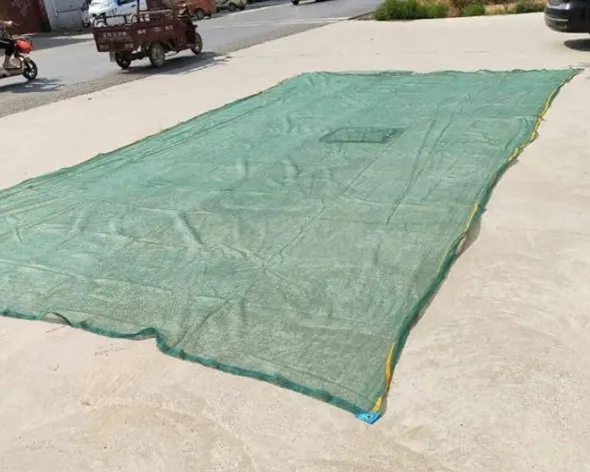-
 Afrikaans
Afrikaans -
 Albanian
Albanian -
 Amharic
Amharic -
 Arabic
Arabic -
 Armenian
Armenian -
 Azerbaijani
Azerbaijani -
 Basque
Basque -
 Belarusian
Belarusian -
 Bengali
Bengali -
 Bosnian
Bosnian -
 Bulgarian
Bulgarian -
 Catalan
Catalan -
 Cebuano
Cebuano -
 China
China -
 Corsican
Corsican -
 Croatian
Croatian -
 Czech
Czech -
 Danish
Danish -
 Dutch
Dutch -
 English
English -
 Esperanto
Esperanto -
 Estonian
Estonian -
 Finnish
Finnish -
 French
French -
 Frisian
Frisian -
 Galician
Galician -
 Georgian
Georgian -
 German
German -
 Greek
Greek -
 Gujarati
Gujarati -
 Haitian Creole
Haitian Creole -
 hausa
hausa -
 hawaiian
hawaiian -
 Hebrew
Hebrew -
 Hindi
Hindi -
 Miao
Miao -
 Hungarian
Hungarian -
 Icelandic
Icelandic -
 igbo
igbo -
 Indonesian
Indonesian -
 irish
irish -
 Italian
Italian -
 Japanese
Japanese -
 Javanese
Javanese -
 Kannada
Kannada -
 kazakh
kazakh -
 Khmer
Khmer -
 Rwandese
Rwandese -
 Korean
Korean -
 Kurdish
Kurdish -
 Kyrgyz
Kyrgyz -
 Lao
Lao -
 Latin
Latin -
 Latvian
Latvian -
 Lithuanian
Lithuanian -
 Luxembourgish
Luxembourgish -
 Macedonian
Macedonian -
 Malgashi
Malgashi -
 Malay
Malay -
 Malayalam
Malayalam -
 Maltese
Maltese -
 Maori
Maori -
 Marathi
Marathi -
 Mongolian
Mongolian -
 Myanmar
Myanmar -
 Nepali
Nepali -
 Norwegian
Norwegian -
 Norwegian
Norwegian -
 Occitan
Occitan -
 Pashto
Pashto -
 Persian
Persian -
 Polish
Polish -
 Portuguese
Portuguese -
 Punjabi
Punjabi -
 Romanian
Romanian -
 Russian
Russian -
 Samoan
Samoan -
 Scottish Gaelic
Scottish Gaelic -
 Serbian
Serbian -
 Sesotho
Sesotho -
 Shona
Shona -
 Sindhi
Sindhi -
 Sinhala
Sinhala -
 Slovak
Slovak -
 Slovenian
Slovenian -
 Somali
Somali -
 Spanish
Spanish -
 Sundanese
Sundanese -
 Swahili
Swahili -
 Swedish
Swedish -
 Tagalog
Tagalog -
 Tajik
Tajik -
 Tamil
Tamil -
 Tatar
Tatar -
 Telugu
Telugu -
 Thai
Thai -
 Turkish
Turkish -
 Turkmen
Turkmen -
 Ukrainian
Ukrainian -
 Urdu
Urdu -
 Uighur
Uighur -
 Uzbek
Uzbek -
 Vietnamese
Vietnamese -
 Welsh
Welsh -
 Bantu
Bantu -
 Yiddish
Yiddish -
 Yoruba
Yoruba -
 Zulu
Zulu
hail nets
Hail nets have emerged as a vital agricultural innovation in recent years, serving as a protective measure against the unpredictable and often destructive nature of hailstorms. These specialized nets are designed to shield crops from hailstones, which can cause significant damage to fruit, vegetables, and other valuable crops, leading to substantial financial losses for farmers.
As climate change continues to impact weather patterns globally, the frequency and intensity of hailstorms have increased in various regions. Farmers who depend on their crops for livelihood face the risk of losing entire harvests if hail storms strike at the wrong time. The use of hail nets provides an effective solution to this problem, enabling farmers to protect their crops with relatively minimal investment compared to the potential losses incurred from hail damage.
Hail nets are typically made from high-density polyethylene, which is durable and resistant to UV rays. They are designed to absorb the impact of falling hailstones, dispersing their energy and preventing the hail from reaching the crops below. This protective covering can be installed over fields, orchards, or vineyards, providing a physical barrier that prevents hail from causing direct harm to the plants.
The installation of hail nets involves careful planning and consideration of factors such as crop type, local weather patterns, and the size of the field. Once installed, these nets not only protect against hail but also provide additional benefits, including reduced evaporation rates and UV protection for plants, which can enhance overall crop yield and quality. Farmers report increased resilience in their crops and more consistent production levels when using hail nets.
hail nets

Moreover, hail nets contribute to sustainable agricultural practices
. By reducing the risk of crop loss, farmers can maintain stable income levels, thus supporting local economies. This stability can foster investment in eco-friendly farming practices and promote biodiversity within agricultural landscapes.A notable example of the success of hail nets can be seen in regions previously plagued by frequent hailstorms. Farmers who have adopted this technology report a noticeable decrease in crop damage, leading to higher profits and less reliance on chemical treatments that may otherwise be used to manage the aftermath of hail damage.
In conclusion, hail nets represent a practical and effective solution for farmers facing the challenges posed by hailstorms. By investing in this protective technology, agricultural producers can safeguard their livelihoods, promote sustainable practices, and ultimately contribute to a more resilient food system. As climate change continues to alter weather patterns, innovations like hail nets will remain crucial in helping farmers adapt and thrive.
-
Shipping Plastic Bags for Every NeedNewsJul.24,2025
-
Safety Netting: Your Shield in ConstructionNewsJul.24,2025
-
Plastic Mesh Netting for Everyday UseNewsJul.24,2025
-
Nylon Netting for Every UseNewsJul.24,2025
-
Mesh Breeder Box for Fish TanksNewsJul.24,2025
-
Expanded Steel Mesh Offers Durable VersatilityNewsJul.24,2025











